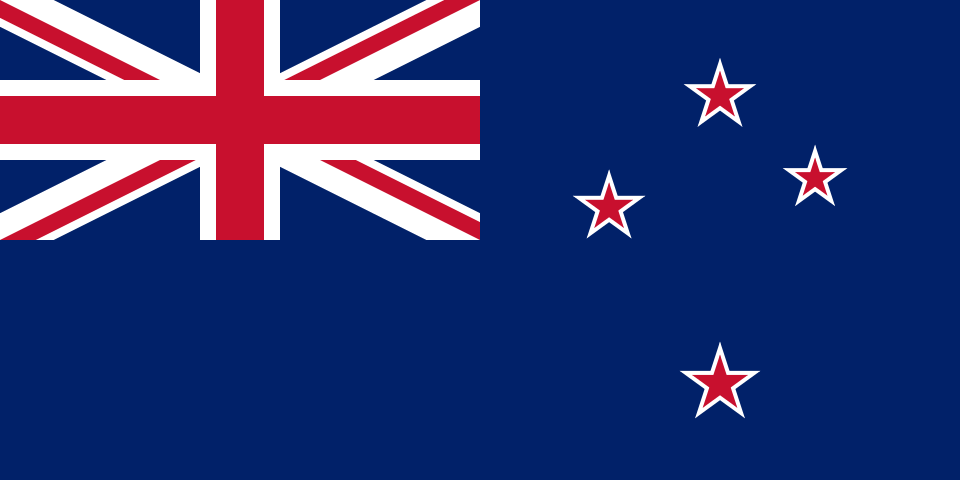Overview
The Central Provident Fund (CPF) is Singapore’s national social security savings scheme. It is a mandatory program funded by contributions from both employers and employees . CPF serves as a key pillar of Singapore’s social safety net, helping working citizens and permanent residents set aside funds to meet retirement needs, as well as other important needs like housing and healthcare . Established in 1955, the CPF has since evolved into a comprehensive system covering various aspects of an individual’s financial security.
Contributions and Coverage
Contributions
Both the employer and the employee are required to contribute a percentage of the employee’s monthly wages to CPF. For example, younger employees contribute 20% of wages from their salary, while employers contribute 17%, making a total of 37% (capped by salary ceilings) credited to CPF accounts . The exact contribution rates vary by age group – older workers have slightly lower mandatory rates – and are subject to a wage ceiling (the Ordinary Wage Ceiling) beyond which no CPF is deducted. These contributions are compulsory for Singapore Citizens and Permanent Residents working in Singapore under a contract of service. (Notably, foreign workers on employment passes do not contribute to CPF, which is a distinction employers must be aware of.) The CPF contributions are remitted monthly to the CPF Board, which manages the funds.
Coverage
Virtually all Singaporean and PR employees are covered by CPF from the start of their employment. There are a few exceptions, such as some expatriate employees or certain categories of work (e.g. interns or students may have different arrangements), but in general CPF applies to the vast majority of the local workforce. Self-employed persons do not contribute to the full CPF scheme but are required to contribute to the MediSave account portion for healthcare. The government also supplements CPF savings for lower-wage workers through schemes like Workfare Income Supplement and periodic top-ups for older citizens .
CPF Accounts and Uses
CPF contributions are allocated into different accounts earmarked for specific purposes :
• Ordinary Account (OA): Mainly for housing, approved investments, and education. Many Singaporeans use OA savings for home purchases or mortgage payments.
• Special Account (SA): Meant for old-age and retirement-related financial products. SA funds are invested more conservatively and grow to form part of one’s retirement pot.
• MediSave Account (MA): Meant for medical and healthcare expenses. This can be used for hospitalization bills, certain outpatient treatments, and to pay health insurance premiums (e.g., MediShield Life).
• Retirement Account (RA): This account is created automatically for each member at age 55 by combining money from the OA and SA. The RA is used to set aside the Retirement Sum that will eventually be used to provide monthly CPF LIFE payouts from the payout eligibility age (currently 65).
These accounts earn different interest rates. The government guarantees base interest rates (e.g. OA earns 2.5% and SA/MA earn 4% as a floor rate), with extra interest for the first $60,000 of balances, to help CPF savings grow . CPF savings can be used for a range of approved purposes throughout a member’s life: paying for a home, covering medical bills, paying for tertiary education for oneself or a child, and eventually to finance retirement via an annuity scheme called CPF LIFE.
Importance and Benefits
CPF is critical to Singapore’s social framework as it provides financial security for individuals across multiple needs. It effectively acts as a forced savings mechanism to ensure that employees set aside funds during their working years for old age.
Retirement Adequacy
By retirement, a CPF member will have accumulated savings (including compounded interest) to provide a stream of income in old age. CPF LIFE, the lifelong annuity funded by the Retirement Account, guarantees monthly payouts for life, reducing the risk of outliving one’s savings.
Home Ownership
CPF’s Ordinary Account has enabled a very high home ownership rate in Singapore, as individuals can use their CPF funds to make down-payments and service housing loans.
Healthcare Financing
MediSave accounts ensure that Singaporeans have earmarked funds for medical needs and hospital bills, reducing the burden of out-of-pocket expenses. The CPF system is often cited for its multi-pronged approach – it is “3-in-1” in covering retirement, housing, and healthcare concurrently .
From an employer’s perspective, CPF contributions represent a significant part of total payroll costs and must be factored into compensation packages. Compliance with CPF contribution and payment timelines is a legal obligation; non-compliance can result in penalties. In summary, the CPF is a foundational element of employment in Singapore – it underpins employees’ welfare beyond just take-home pay, ensuring they have savings for major life needs and retirement .
Hiring in Singapore?









